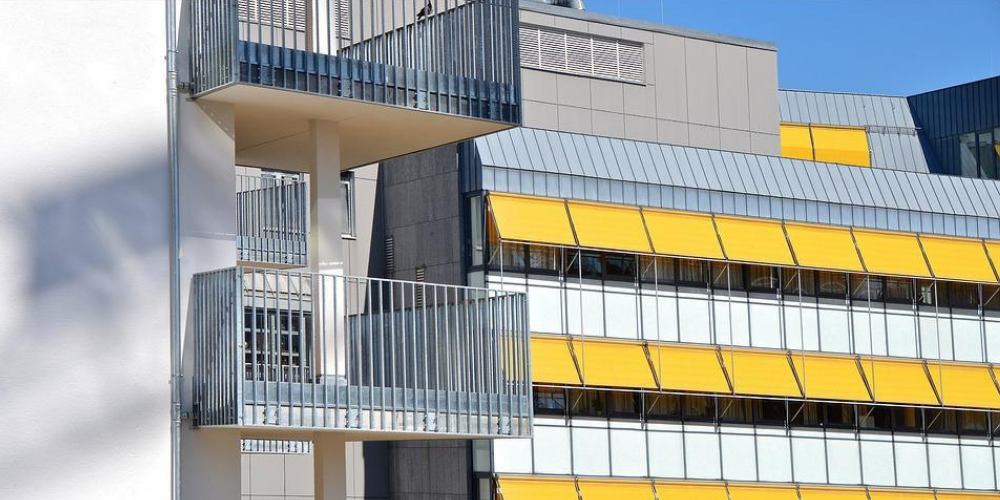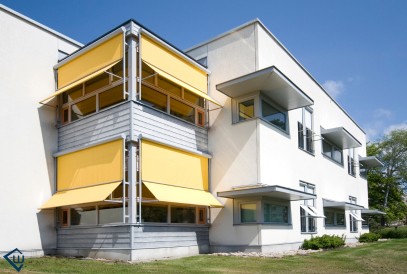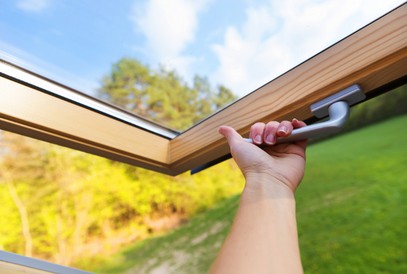The construction sector is experiencing a favorable period: who has never heard of eco- bonuses ? These are tax incentives provided by the Italian government to entice citizens to invest in the redevelopment of their homes. These are changes that aim to make a property more efficient from the point of view of energy saving .
The eco-bonuses therefore provide for changes that make improvements and modernizations in Italian homes, with the effect of making domestic spaces even more comfortable and liveable. The tax incentive that will be the subject of the guide that is about to begin is the
bonus awnings . The subsidy put in place by the government, just as you can guess from the name, concerns all interventions aimed at installing structures suitable for shielding a building from solar heat.
This guide aims to introduce the reader to this redevelopment in detail, which could be particularly useful during the summer months, when the typical seasonal heat makes the house warm and not very liveable. Furthermore, an intervention of this type would make it possible to weigh less on the energy bill, thanks to a more economical use of air conditioning devices. So it is worth reading and deepening the topic that will be developed in the next paragraphs.

First aspects to consider
As already mentioned in the opening, the awning bonus facilitates the installation of awnings and structures aimed at protecting environments from the sun's rays, in the homes of citizens who request it.
Basically it is a
tax deduction on the expense that the citizen faces for the aforementioned work,
equal to 50% . However, it must be considered that the deduction is not equivalent to a discount on the price, but to an advantage that materializes in
the tax return .
In detail, 50% of the amount spent is returned, spread over 10 years. In other words, if you pay for an awning for 800 euros, the half that can be recovered with the 730 is spread over ten years. This means that the 400 euros will be paid back 40 euros per year. For any doubts or clarifications, it would be useful to
contact the revenue agency and better understand any doubts or concerns you have. Alternatively, you could also ask an expert renovation technician.
Requirements of the blackout systems subject to deduction
To get even more into the bonus tents, the third paragraph of the guide aims to identify the objects and structures for which tax relief is provided for. These are
technical shading and shading systems aimed at reducing sunlight in residential buildings. By darkening systems we mean barriers that may or may not be in
contact with glass surfaces , and have the exclusive function of filtering light and guaranteeing privacy in the home.
The screens, on the other hand, are curtains of all types, which are also important to cushion the load of sunlight inside the houses, especially during the summer. Remember that shielding systems, in order to be facilitated, must comply with certain criteria, such as that they cannot be assembled and disassembled by the citizen who has requested them at will. Therefore they must be fixed structures for the installation of which specific building works are foreseen.
Another fundamental requirement of the shading systems object of facilitation is their ability to filter sunlight and therefore to guarantee effective protection from heat during the day. Keep in mind that the performance of a blackout or screening system is measured in gtot. This unit of measurement is calculated together with the screening performance of the glazed surface to which the blackout structure is applied. Therefore, if the two structures together achieve a performance equal to or lower than the value of 0.35, the installation is in compliance with the deduction.
Right orientation requirement, what you need to know
The aspects to consider when you want to undertake an important expense such as that of blackout systems, in view of the benefits of the bonus curtains, do not end. In fact, it is important to remember that at the end of the work the
systems are tested and checked by a technician , so that it can be ascertained that everything is in compliance with the requirements set out in the bonus.
It is also important to respect the rules laid down for the guidelines. Therefore the awnings of all types, whether internal or external, cannot be installed in the north, north east and north west direction, because in this case they would not be functional to shelter the building from the sun. The derogation of this rule would result in the inability to obtain the recognition of the bonus.
The same rule of orientation towards the northern positions, however, does not apply to all rigid structures functional to darkening the house, such as shutters and roller shutters. Therefore, these structures, suitable for guaranteeing half-light and coolness inside the residential building, are not subject to any orientation constraints. Wherever these blackout structures are installed, they are subject to tax deduction and therefore are in compliance with the bonus fees.
CE compliance and requirements of the subjects requesting the bonus
The aspects to consider to avoid being refused the application for the bonus tend, do not end. The law provides that
certain requirements are met in order to benefit from this important benefit. Therefore it is worth paying attention to the topic covered in this fifth paragraph of the guide. The shielding and blackout systems must
be CE marked and comply with
the local energy saving regulations in force.
Secondly, the housing structure where the heat and sunlight protection systems are to be installed must exist at the start date of the works, must also be identified from a cadastral point of view or in any case be subject to a land registry request. Furthermore, the subjects who can request the deduction provided for by the bonus are owners of individual residential housing units, are owners of housing units of shared buildings such as condominiums, and participate in the costs for redevelopment works.
Please note that the awning bonus is part of the eco-bonus interventions, as well as modernization works aimed at redeveloping the housing structures making them compatible with the most up-to-date criteria of sustainable development and energy saving.
Important bureaucratic aspects to keep in mind
The guide that is about to end, proposes to devote its last paragraph to
the payment and bureaucratic aspects , necessary to benefit from the tax deduction which is the main feature of the bonus tends. If you want to invest your money for the installation of the shielding systems, it is recommended to
always prefer traceable payments , for the purpose of deduction.
Therefore it is possible to pay for this installation by bank and postal transfers, or by credit or debit card. It should be remembered that the costs for the building requalification intervention include various aspects of the work that is carried out: the supply of materials, the assembly, the possible dismantling of the pre-existing shielding structures and the installation of automatic mechanisms.
Within 90 days of the completion of the works, it is possible to submit the deduction application to the national energy efficiency agency, better known as
ENEA . The application must contain all the details relating to the requalification procedure carried out, such as the form filled in by the technician who carries out the checks at the end of the work, the tax code of the beneficiary of the deduction and the VAT number of the company that carried out the work.


